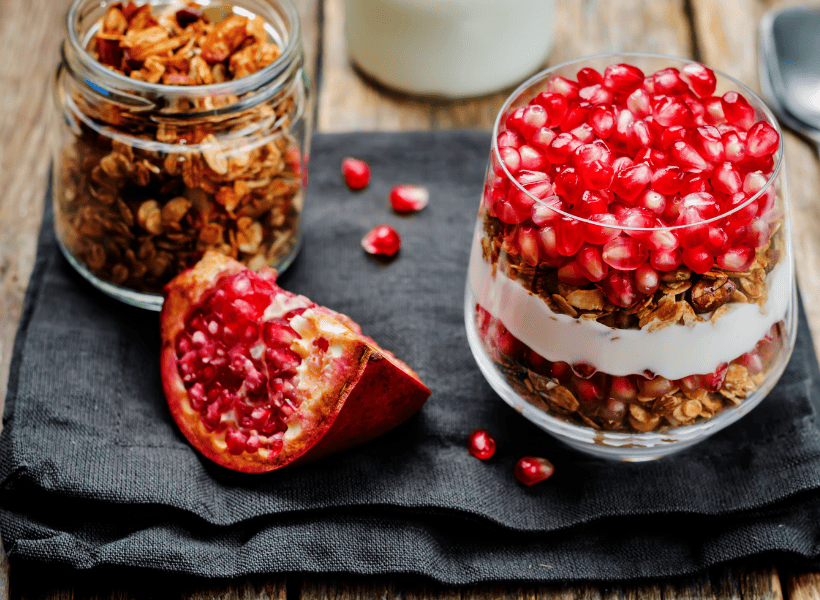Save the bees! Some of us don’t pay much attention to this message, but if we don’t, it may spell disaster. Now, that’s certainly a bit of a sting isn’t it?
Bee colonies have been dying off at an average rate of 29% each year since 2006. 2018 was particularly fatal with 38% succumbing. With the planet’s bee population in trouble, do we need to save them, and if so, what can we do? (3,4) https://www.youtube.com/embed/EXGxUCxrL04
Bees Be-Gone?
The disappearance of the 20,000 known bee species in the world has several variables behind it. Among the causes are pesticide use, habitat destruction, noise and air pollution, and parasites and predators. (1,3)
One huge threat is climate change. Bees are less likely to adapt than other species as things change; unable to migrate north or survive in new surroundings. (3)
Another issue is the coordination between plant flowering and bee behavior, which can be thrown off as flowers bloom earlier each year. (3)
Should we lose our bee population, it seems that plants can be pollinated by hand (or, in the future, by drone). If it comes to that, we’ll pay more through technology and employment for our favorite foods, like almonds, plums, peaches, apples, and cherries, which rely on bee-assisted pollination. (5)
But bees work for free and they harvest for us with happiness! So perhaps we can show our local bees some love.
Choose Plants That Save The Bees
Planting certain types of flowers in our spring gardens can provide pollination for bees, who pollinate roughly three-quarters of all fruits, nuts, and vegetables grown across the USA. (1)
Researchers collected more than a dozen different species of bumblebees from more than 100 different species of flowers in the Sierra Nevada region of California. They reported the species of flower on which each bee was caught, and then estimated the number of plants in each plot.
The most popular among the bees were:
- A. urticifolia, a mint plant
- Thickstem asters
- Ryderberg’s penstemon, from the snapdragon family
- Oregon checker-mallow (Sidalcea oregana)
- Alpine mountainbalm (Monardella odoratissima)
- Tall fringed bluebells (Mertensia ciliate)
- Cobwebby hedge nettle (Stachys albens). (1)
In a separate study from New York, researchers found cannabis crops are also proving beneficial to declining bee populations. As a bonus, marijuana crops don’t require one of the main farming practices that are a threat to bees today: insecticides. (6)
Hugely popular with bees for pollination worldwide, are comfrey plants, foxgloves, marjoram, buddleja, and lavender. (2)
Backyard Helpers
Jerry Cole, lead author of the research, noted bees likely don’t have natural preferences but instead choose flowers based on quality or quantity of nectar or pollen.
Maintaining, seeding, or planting with these ‘bumblebee plants’ especially those with bee-friendly flowers is key. Avoid planting most annual bedding plants such as pansies or petunias because as a result of selective breeding these produce little or no pollen or nectar. (2)
Plant blooming normally peaks during the summer each year, so when planting, it’s important to stagger the species you grow, and plant a variety, so that bees can have well-rounded food resources throughout the year. (2)
Leave sections in your garden to grow wild provides shelter for bees and other insects and lastly don’t use pesticides. (2)
For anyone who chances upon an exhausted bee, it’s recommended to give it a helping hand with a teaspoon of sugar water.
This will provide the bee with the carbohydrates from sugars in the nectar they need to convert into energy, and if we want them to, they may keep buzzing around us. (2)



